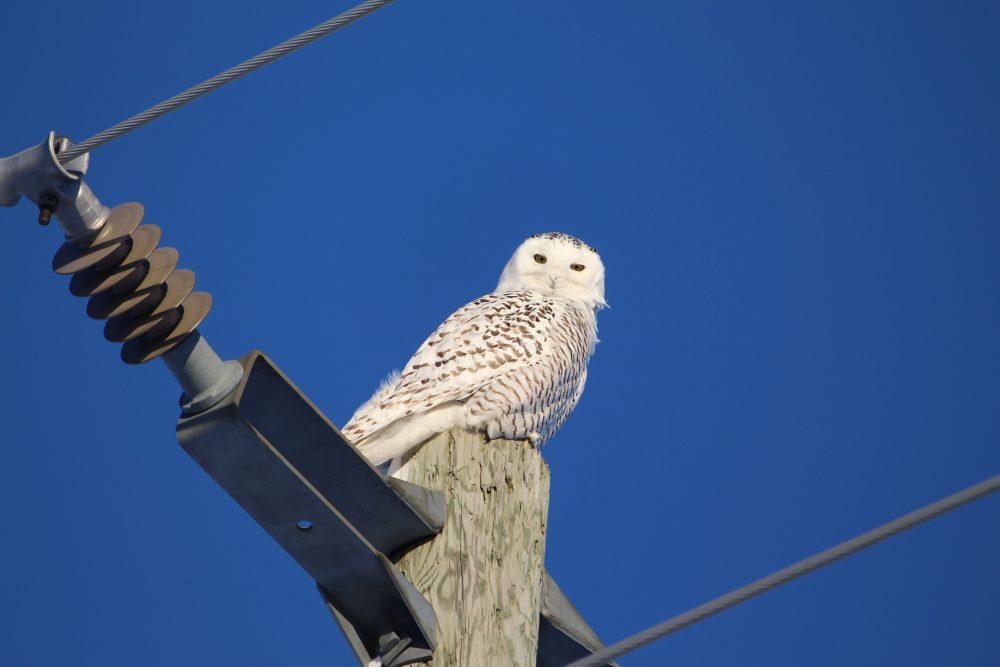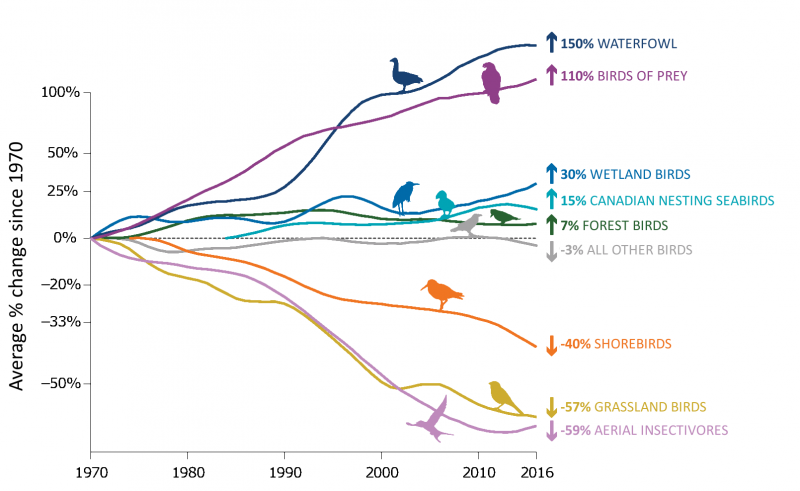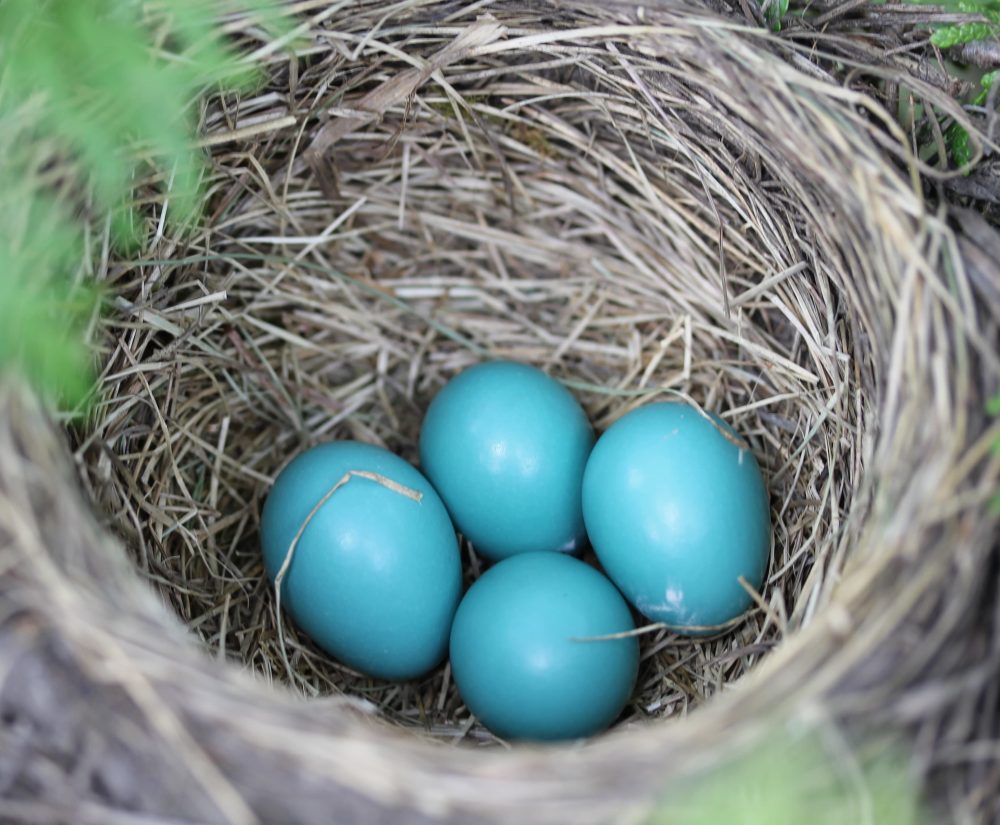Birds
Birds of Huron County
The Great Lakes hold 20% of the world’s fresh surface water along with more than 10,000 miles of shoreline which provides habitat and a safe space for thousands of migratory birds. There are hundreds of species of waterfowl, raptors, songbirds, marsh birds, and shorebirds that rely on the shorelines and islands of the Great Lakes as a stopover site during their spring and fall migration. These stopover sites are important in allowing the birds to rest, refuel, and seek shelter during this perilous stage of their migration journey.

A Downward Trend for Some Species
Many shoreline and forest birds have increased in population thanks to conservation and restoration efforts of coastal wetlands paired with reduced pollutants. However, grassland birds have decreased by roughly 70% and some populations of aerial insectivores have decreased by nearly 90%. Common threats to migratory birds include: loss of habitat, climate change, agricultural use of herbicide/insecticide, urban expansion, wetland drainage, and increase of invasive species.

How you can help
By protecting vital coastal landscapes, we encourage biodiversity to the region’s population as well as boost the local economy through recreational opportunities such as birding events and hunting. One way to help aid in conservation efforts, is by registering to citizen science-based programs like e-Bird or iNaturalist. These are citizen-based science project in which members can share sightings, collect data, manage photos, audio, real-time maps or hotspots of species distribution, and more.

